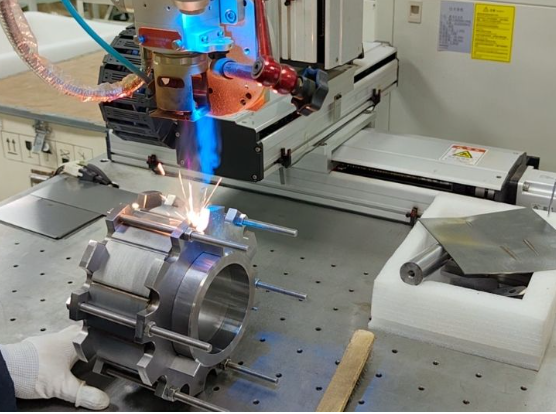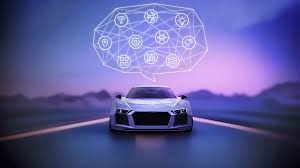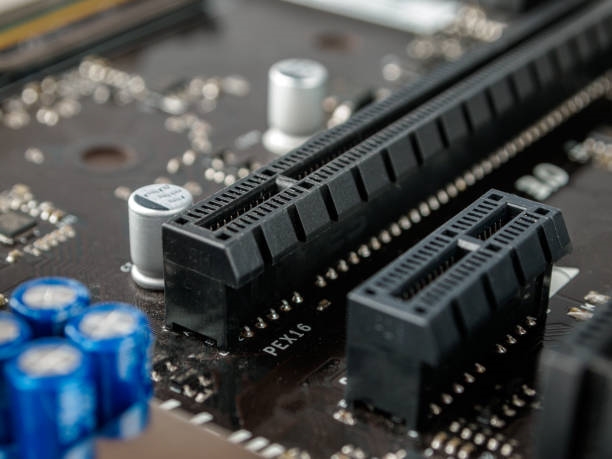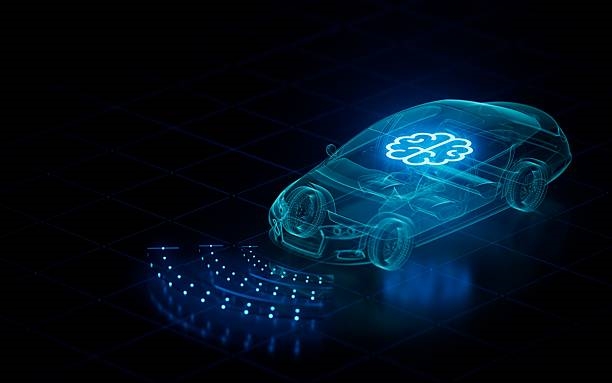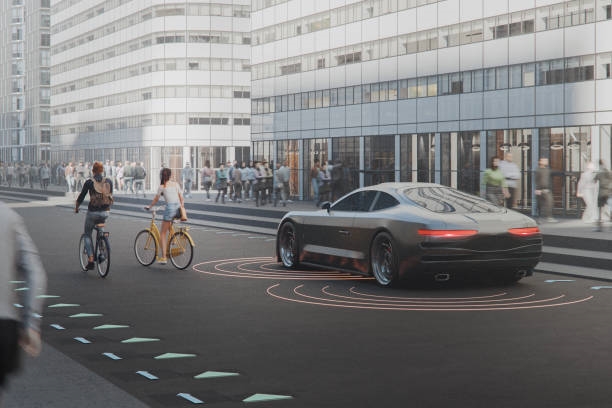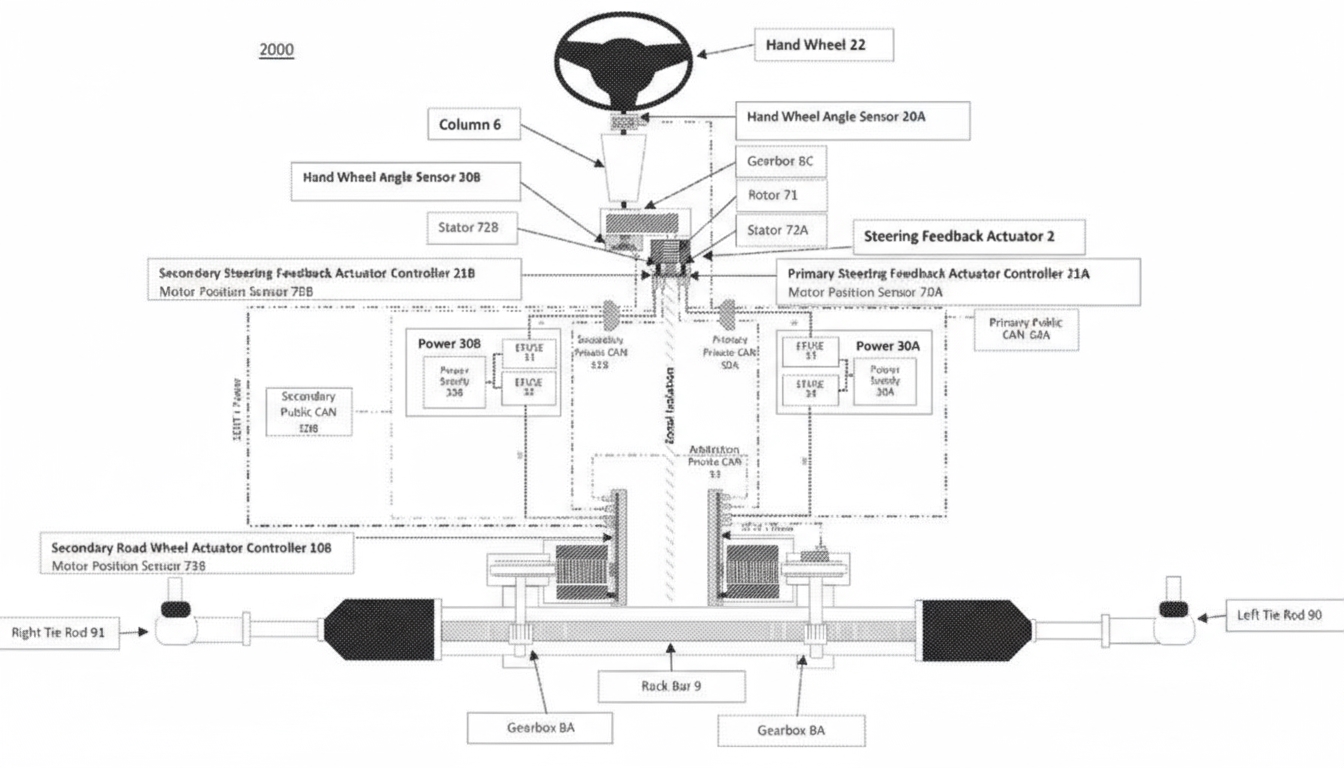E-drive system components
E-drive systems mainly include the motor, the motor control unit, and the reducer. In most cases, user requirements determine the direction of product technology evolution.
Core user requirements
The primary demands for the power unit are:
- Fast response and strong acceleration;
- High efficiency and low energy consumption;
- Low failure rate, robust durability, and operational reliability.
Additional customer expectations include:
- High integration to free up more interior and trunk space;
- Reasonable cost (which ultimately affects vehicle price);
- Minimal whining or noise at high rotational speeds.
The technical development and evolution of e-drive systems center on these aspects.
1. Motor power: generally adequate for most vehicles
Regarding the power attribute, many electric vehicles already have surplus power. For example, high-performance variants such as the Tesla Model 3P and other models can deliver acceleration comparable to or exceeding many high-power internal combustion vehicles. Entry-level EVs can also achieve brisk initial acceleration compared with many ICE vehicles.
In other words, motor power is sufficient for most EVs, and the high-power premium that applied to ICE vehicles has largely diminished in the EV context. High power-density motors give the impression that horsepower is abundant.
Automakers may find it more effective to allocate development costs to areas that deliver greater perceived value to users rather than further increasing already ample motor power. That said, for a small number of performance-focused EVs—such as Tesla Model S Plaid, Lucid Air Sapphire, Hummer EV, and Porsche Taycan Turbo S—there is still demand for extreme power and acceleration.
Key techniques that further increase motor power include:
- Flat winding coils, end-turn repositioning to improve slot fill factor, and rotor structure optimization to raise magnetic saturation and increase motor power and power density;
- Direct oil-cooled motor designs that improve cooling efficiency and support sustained power output without thermal degradation;
- Smart control algorithms that optimize motor torque output for a better balance of power, efficiency, and handling stability.
These techniques are among the core technologies for e-drive systems.
2. Motor efficiency is near a practical limit; SiC enables further gains
Motor efficiency in the most commonly used operating ranges is already above 90% for many vehicles. Typical high-efficiency motors reach 90%–95%, and some achieve up to 96%. At this stage, further improving motor efficiency requires disproportionately higher cost, which is often not cost-effective for manufacturers or end users.
Therefore, improving the inverter efficiency in the motor control unit becomes the primary route for raising overall e-drive system efficiency. Replacing mainstream IGBT modules with silicon carbide (SiC) modules in the inverter is the key approach.
Advantages of SiC MOSFETs include smaller size that facilitates packaging and integration, faster switching and lower switching/conduction losses, higher breakdown voltage (on the order of ten times that of silicon-based devices), better thermal conductivity that aids heat dissipation, and higher power density.
Most importantly, using SiC modules in the motor control unit can yield roughly a 5% improvement in overall energy path efficiency from the battery to the motor, which translates to approximately 5% energy savings for the vehicle. Compared with the additional battery cost and weight penalty required to increase range by the same percentage, adopting SiC modules—despite their currently higher cost—can be a preferable option.
Compared with IGBTs, SiC's higher voltage tolerance (kilovolt-class) makes it well suited to 800 V electrical architectures. SiC can be applied not only to main inverters but also to high-voltage charging stations, high-voltage battery packs, on-board chargers (OBCs), and DC-DC converters, providing further improvements in vehicle efficiency and charging performance.
3. High integration: a major trend and core capability
Beyond upgrading individual components, the industry trend is toward high levels of integration in e-drive systems. Highly integrated e-drive designs offer several advantages:
- Significant volume and weight savings, reduced overall BOM cost, streamlined assembly, and higher overall power density of the e-drive system.
For end users, these benefits translate into smaller package size that frees up interior and trunk space, reduced weight that extends range for a given battery capacity, and lower BOM cost that can reduce vehicle purchase price.
The evolution of e-drive integration can be summarized in three stages: separate components (roughly 2015–2017) → three-in-one solutions becoming mainstream (2018–2020) → multi-in-one large integration (2021 to present).
Although multi-in-one is essentially the combined integration of multiple subsystems and components, cross-component and cross-domain system integration demands substantial technical and engineering capabilities, and only a limited number of established manufacturers have the required experience and resources.
Compared with increasing motor power or incremental efficiency improvements, large-scale multi-in-one integration produces more pronounced overall benefits and is one of the most important core technologies for modern electric vehicle e-drive systems.
 ALLPCB
ALLPCB


